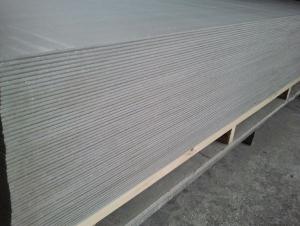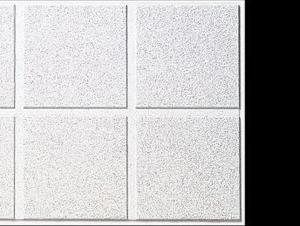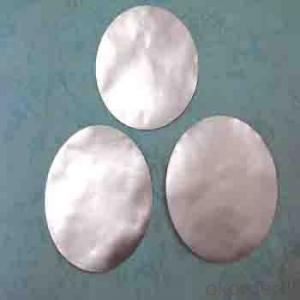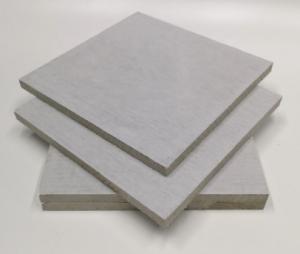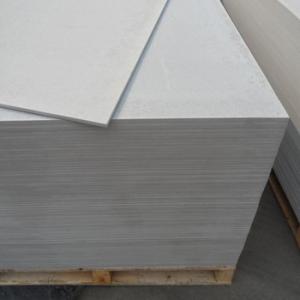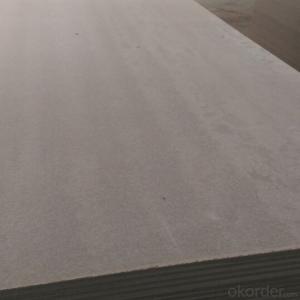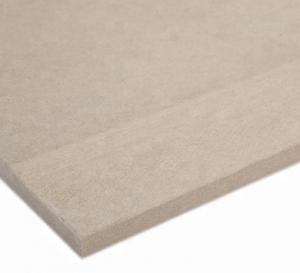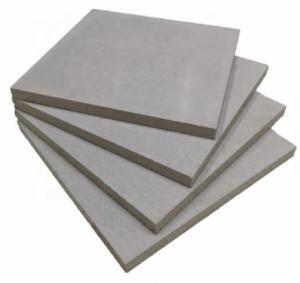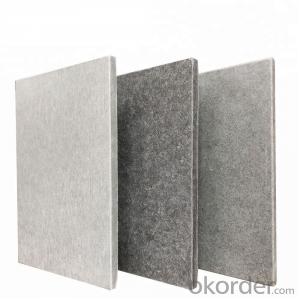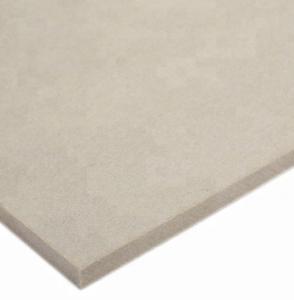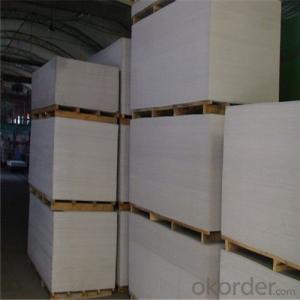Weight Of 3 16 Aluminum Plate
Weight Of 3 16 Aluminum Plate Related Searches
Led Light Bulbs For Ceiling Fixtures Decorative Ceiling Plate For Light Fixture Ceiling Plate For Hanging Light Parts For Light Fixtures Light Projector For Christmas Grill With Led Light Bar Lights For Kitchen Ceiling Lights For Fall Ceiling Hanging Ceiling Chairs For Bedrooms 42 White Ceiling Fan With LightHot Searches
Price For Stainless Steel Scrap Scrap Price For Stainless Steel Price For Stainless Steel Price Of Shipping Containers For Sale Stock Price For Aluminum Air Pump For Aquarium Price Used Foam Board Insulation For Sale Bags Of Cement For Sale Types Of Temporary Side Panels For Cement Deck Magnesium Oxide Board For Sale Hdf Board For Sale sintra board for sale Solar With Inverter Price Pedestal Fan With Water Spray Price Price Of Scrap Stainless Steel Price Of Stainless Steel Scrap Price Of Stainless Steel High Mast Light Price List Solar High Mast Light Specification Inverter Size For Solar SystemWeight Of 3 16 Aluminum Plate Supplier & Manufacturer from China
Okorder.com is a professional Weight Of 3 16 Aluminum Plate supplier & manufacturer, offers integrated one-stop services including real-time quoting and online cargo tracking. We are funded by CNBM Group, a Fortune 500 enterprise and the largest Weight Of 3 16 Aluminum Plate firm in China.Hot Products
FAQ
- i have ready mix cement that you just add water to & i want to make my own bricks.what is the easiest way to make a mold.thanks for any help
- hard factor. seek with a search engine. that can assist!
- ok so im trying to attach the cooling fan to my cpu on my motherboard and i cant find any glue but i did find some patch cement in a road hazard kit, i was wondering if this would work or would my computer fry?
- You need thermal paste. You can get a very small tube, enough for 1-3 applications (?) at COMPUSA (or other such place) for under $5. I work on m-boards/processors all the time and know that some kind of adhesive would probably ruin your computer. I've had many heat sinks/fans that would not separate from the processor, and sometimes lift it out of the socket without loosening the arm that tightens it. The kind of damage cant be (easily/cheaply) repaired. Get thermal paste, apply very thin amount to proc, covering the entire (proc) heat sink. Same to heat sink/fan.
- when installing cement boards on my bathroom walls is it ok to screw them on directly?
- Yes, it is perfectly o.k to screw the backer board to you walls using sheetrock screws or the cement backer board screws. Like someone said earlier, be sure to attach the backer boards to your studs using 1 1/4 to 1 5/8 inch drywall screws. If you are installing the backer boards over sheet rock, it is still perfectly o.k to screw the boards using screws, once again, be sure to aim to hit you studs. One thing to look out for is your plumbing on your shower assembly side of your shower, you can do this by marking all your studs, before you begin any screwing. Good luck.
- Gypsm plaster is recommended in Christopher Alexander's Pattern Language (#235 Soft Inside Walls) If I were to go to a building supply store and ask for gypsum plaster would they know what I was talking about? ...Is it a universal term? Can you give me a chemical formula?
- Gypsm is hydradated pulverized limestone. You would ask for Gypsym topcoat or Gypsm tape adhesive in the Drywall department of Lowes. It costs today $9.95 for a 5 gallon pail of the stuff. Gypsm is resoluable in water after drying. In other words you can redissolve gypsm in water. Gypsm is mined in the US in states like Michigan, Indiana, Ohio and so on. It is a naturally occuring substance. Plaster of Paris is unhydrated form of lime. When wetted with water it changes chemically and remains hard no matter if submerged into water. The process is irreversible. Cement is made from clay and limestone fired to high temperatures, then ground and pulverized. When water is added to cement it changes its chemistry and the water reacts with cement forming a new compound It is irreversible The Romans invented Cement. Common Drywall is gypsm between 2 layers of paper enclosure. There are also metal lath in 26x84 inch lenghts and plaster board lath in 16x36 inch lengths Those all above are nailed or glued to the house studs.
- I have a 5x20 room off my basement which sits under my front porch. All four walls of the room are cement block all the way up to the ceiling which is the cement slab from the porch above. There is a wood ceiling in the room that has gotten wet from leaks above. Is it safe to remove the wood joists and plywood in that room, fix the leaks and replace it? This doesn't support any weight from the slab above, does it? I assume that it was probably used as the bottom of the form when the slab was poured. Also, when I replace the ceiling, can I attach the ledger board using concrete sleeve anchors? Can these be fastened into the block wall? I'm not sure if they are hollow or have been filled with gravel or concrete. I plan on using the ledger board to fasten joist hanger to and frame back up my ceiling for insulation and wiring. The current ledger is attached with masonry nails. Any thoughts?
- Your ceiling may very well be no more than the bottom forms for the slab, but you really need to make sure. Attempting to seal the concrete slab from the underside isn't advisable. Concrete draws moisture, so you will always have a seepage problem after you're finished. I'd suggest sealing the slab on the surface and make sure it quit weeping before proceeding with the remainder of your project. Not all concrete blocks are filled. To secure your ledger board I'd suggest using a lag bolt with a lead spread type toggle. Drill into the block and insert to lead, which will hold the lag bolt. Hope this has been some help. Good Luck
- I know that cement board can be installed over a vinyl floor, but can it be installed over wood laminate? I am planning to install 12x12 slate tile and want a good foundation without having to do any more work than necessary. Thank you.
- 1/8 isn't very much. You'll need t-moulding (transition moulding) between the two materials anyway. Rather than PB or ply, why not cleant he concrete, cpply primer, and pour self leveler on it? You'll make up your 1/8 in no time, without worrying about moisture affecting the substrate. Even plywood will warp and delaminate over time if exposed to moisture. You could get marine grade plywood (mdo or something, i've only had to get it once) but it'll be hard to come by the thickness you need in any substrate. Or just leave it alone and get a t-moulding that will make a transition over the 1/8 difference. They make plenty of different profiles.
- Can the Etch board be used for the bathroom?
- Eide board in a damp place for a long time easy to mold, interface cracking, yellowing. I suggest you use a single brick wall, strong and durable. If you feel more blunt, you can use glass brick wall.
- im using a cement backer board why do i need a scratch coat and mesh?
- I don't believe you do need the scratch coat or the mesh if you're applying to cement backer board. If my memory serves me correctly that's the idea of cement backing board... to eliminate the extra work.
